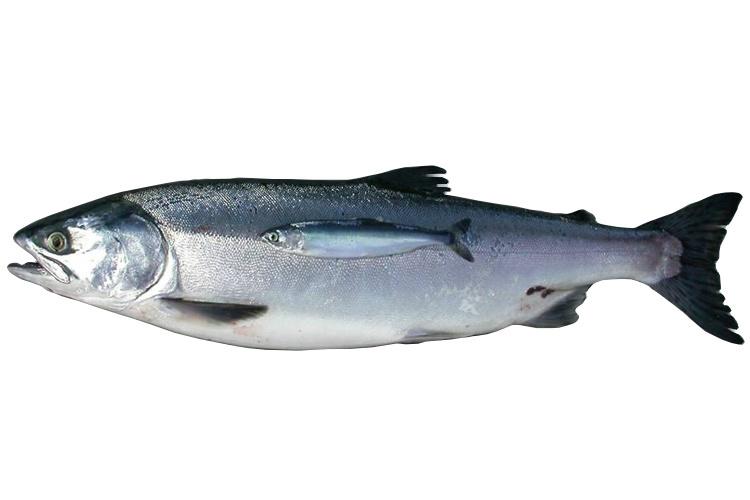Understanding how environmental conditions impact salmon year class strength is an objective of the Auke Bay Laboratories, Southeast Alaska Coastal Monitoring project. The SECM project has compiled time series that include juvenile salmon and environmental data from coastal Southeast Alaska (SEAK) since 1997.

Pink salmon harvests have varied from 3–95 million fish annually since 1960. These returns are difficult to forecast because their two-year life history includes only one ocean winter and precludes the use of younger returning age classes to predict cohort abundance.
SECM sampling of juvenile salmon, which occurs in seaward migration corridors, facilitates predictions of pink salmon returns in SEAK during the following year. Average juvenile pink salmon catch per unit effort (CPUE) in Icy and Upper Chatham Straits is the leading indicator of returns, with local climatic and oceanographic information helping to further refine forecast models.
For 2019, the forecast model includes average juvenile salmon CPUE and a water temperature index from Icy Straits, leading to a predicted SEAK pink salmon harvest between 15 and 26 million fish, with a mean absolute prediction error of 23 percent. The 2019 forecast is also the first forecast for which NOAA and the Alaska Department of Fish and Game (ADF&G) have combined efforts to yield a single, joint forecast. Annual forecast reports are available through the North Pacific Anadromous Fish Commission and the 2019 forecast press release is available through ADF&G.
Purse seiners harvest upwards of $125 million worth of pink salmon annually in SEAK. SECM harvest forecasts provide additional management data to the Alaska Department of Fish and Game, and they provide planning support for fishermen and fishing processors prior to each fishing season.

